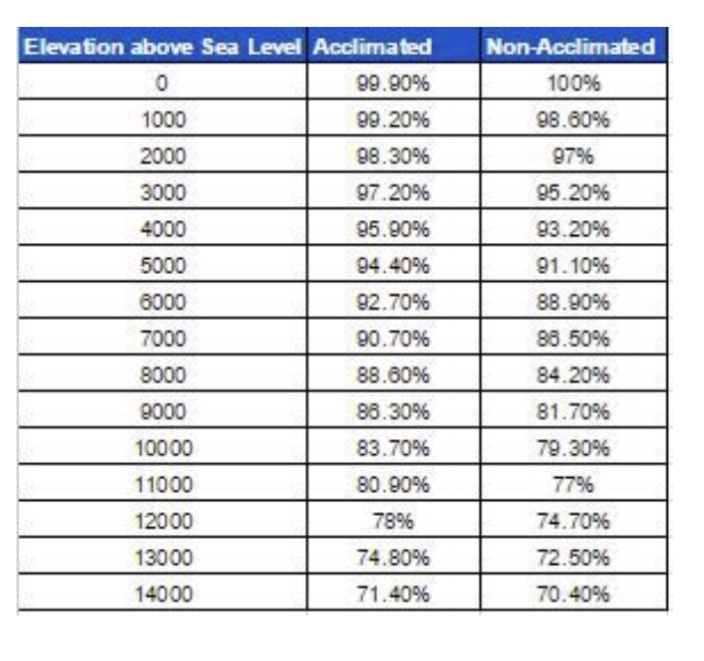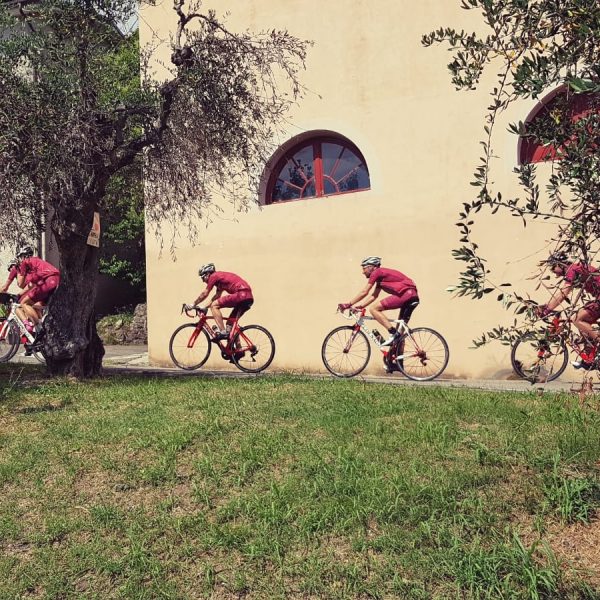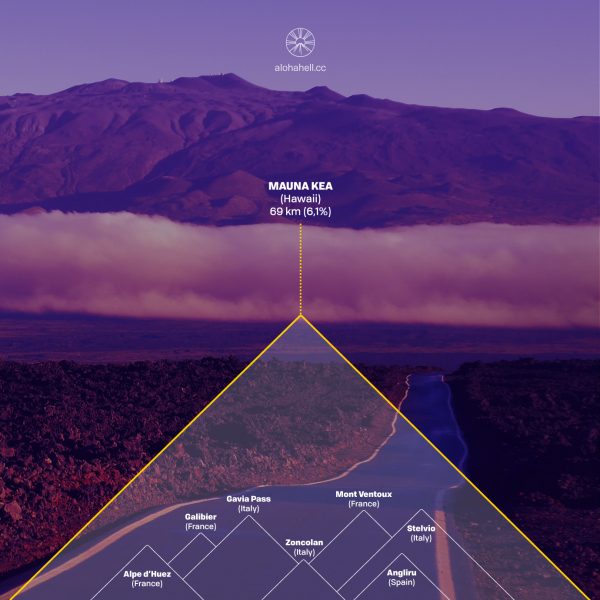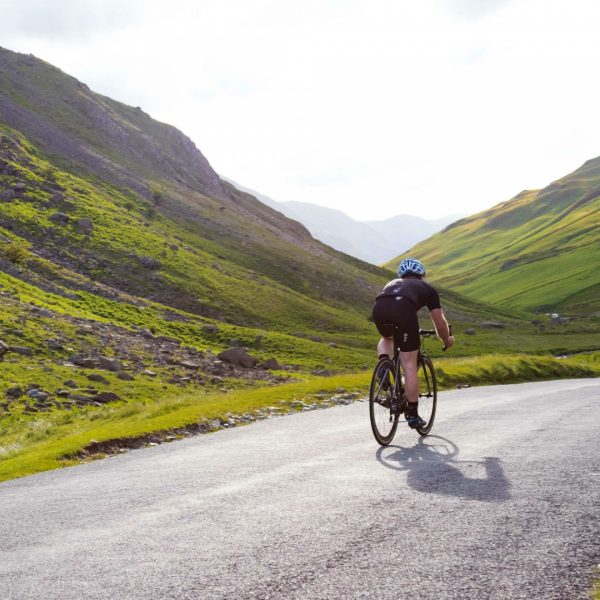Warning, this blog contains explicit facts about cycling at altitude which can be expierenced as shocking! Especially when you’re struggling with underestimating. Or suffer from overestimation of your own abilities.
 We come from a very flat country. How flat is flat? Well, this weekend Rogier and Sander cycled a 160 km round trip in North Holland. Their total altitude meters: 270 meters caused by a few tunnels and sprints up on a viaduct. We dare to say: there is no flatter piece of asphalt on the world than around Amsterdam. We are the ones living at lower elevations and going to race at the highest elevation.
We come from a very flat country. How flat is flat? Well, this weekend Rogier and Sander cycled a 160 km round trip in North Holland. Their total altitude meters: 270 meters caused by a few tunnels and sprints up on a viaduct. We dare to say: there is no flatter piece of asphalt on the world than around Amsterdam. We are the ones living at lower elevations and going to race at the highest elevation.
 We can’t expierence a decrease in aerobic capacity. And we only know that nutrition and hydration at elevation are complex by watching Tom Dumoulin at the Cima Coppi in the Giro of 2017. And for this we were focussed on the adventages of the world hour records on the cycling track in Mexico.
We can’t expierence a decrease in aerobic capacity. And we only know that nutrition and hydration at elevation are complex by watching Tom Dumoulin at the Cima Coppi in the Giro of 2017. And for this we were focussed on the adventages of the world hour records on the cycling track in Mexico.
Awereness how altitude will affect us as cyclists and the metabolic changes is therefor important in our preparation. Based on various studies, it appears that you lose 2% of VO2 max above 300 meters. Then there is also a difference between cyclists who are acclimated or those who are not.
Because of our home base we consider ourselves as the most unacclimated cyclists on earth as it comes to altitude. In an easy to read chart from the Basset study we can put the theory of losing aerobic capacity into a real life example.

When we travel to Hawaii a day before our climb, we can expect a 29,6% drop in aerobic performance. For us Dutch cyclists with a sea level of threshold of (hopefully) 300 Watts, that is a difference of 88 Watts minus. Wow, that is a whole lot! It will drop to 212 Watts. And we just learned that at least 394 Watt is needed to achieve an avarage speed of 25 km on an ascent of 5%… Hmmm, this means every Watt more or less is of great importance!
Metabolism
In addition to the decrease of aerobic power, the altitude can also have an effect on our metabolism. In practice it appears that the Vo2 Max is not the most crucial factor. Of much more importance is how your body is able to create energy. And this is affected by altitude. The harder your body needs to work relatively, the more nutrition needs to convert into energy. The higher, the more. Research shows that you use 20% more carbohydrates at an altitude of 2300 meters than at 800 meters. How can we prepare for this metabolic effect?
Our men must really train how te reduce intensity to spare carbohydrate stores. This is complex for a number of men because they want to lose some weight. In their case, the saving of carbohydrates is not effective right now. But what really will help them is to learn how to divide forces. They tend to throw with their forces and prematurely collapse or “plafonneren” like the Flemish say. Under the guise of ‘don’t think, just paddle’ and that kind of opportune statements a lot of lactic acid is built up. But effective training requires discipline to hold back and use your head. By paying attention to nutricion and training specifically, it is possible to increase the amount of fat you burn with a certain intensity.
Focus! Just like your fluid intake. Now that temperatures are rising, the glass of beer afterwards is the first association with fluid and hydration. But more about that later, because this blog is shockingly enough 😉














